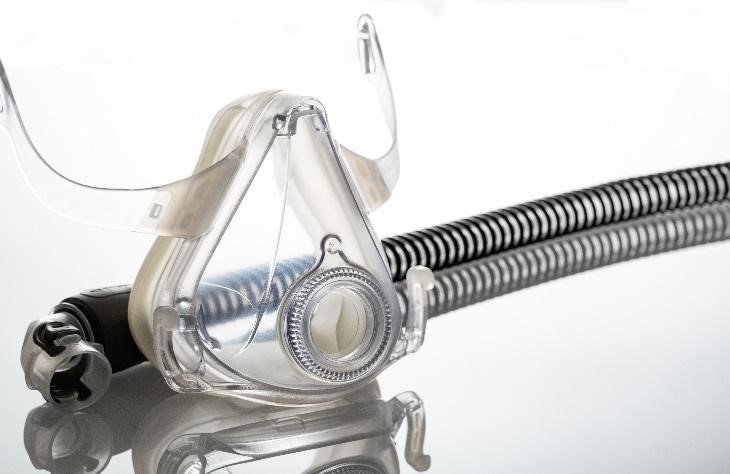Table of Contents
Caring for Your CPAP Machine

Regular care and checking of your equipment helps ensure that you’re getting the most from your sleep apnea therapy. We have provided some guidelines here, but always check your user guide for comprehensive information on caring for your CPAP sleep apnea machine and CPAP mask.
Every Morning
Wash your CPAP mask cushion. You may not realize it, but with time your skin releases oils that can decrease the quality and performance of your seal and mask. Thus, after wearing your mask, clean it thoroughly to remove any oils.
By cleaning it in the morning, you will have a clean, dry mask ready to use for your following night.
To clean your CPAP mask, wash it using your hand by gently rubbing with warm water and mild soap. Evade harsh cleaning products, which may damage the mask, or leave harmful residue. Let it dry away from direct sunlight on a flat surface.
Clean your humidifier water tubing. After every use, we recommend that your sleep apnea equipment’s water tub is washed out with a mild detergent and warm water. Then thoroughly rinse and let it dry away from direct sunlight.
Every Month
Check your mask cushion or pillows as they may deteriorate over time through consistent wear and tear.
Check your humidifier water tubing for wear and deterioration. If any component has cracked or become cloudy or pitted, the tub should be changed.
Every Three Months
Examine your air tubing for small holes or tears, particularly around the cuff that could cause air leaks and possibly compromise your therapy. If you find any damages, you should change the tubing.
Every Six Months
Check the filter at the back of your CPAP equipment. A build-up of dust can hinder the effectiveness of your treatment. If you live in a dusty environment, or close to the sea, you will need to replace the filter more regularly.
Check your CPAP mask headgear and chin straps. If they have lost their elasticity, you may tend to over-tighten the mask, which leads to discomfort. Change any part that has become stretched and is no longer providing a good fit.
Check the humidifier water tubing for wear and deterioration. Clean any white powder deposits with a solution of one-part household vinegar to 10 parts water. Change any part that has developed a leak or become cracked, cloudy, or pitted.
Every Two Years
Go back to your Accredited Outlet to have your CPAP sleep apnea equipment pressure tested to make sure you are still receiving the correct pressure.
Time to Change Your CPAP Mask
 Using a mask that is in good condition will help you attain a good night’s sleep. That’s why it’s significant to inspect your mask frequently for signs of wear and tear. If you see any visible signs of cracking, discoloration, or tears, then it is time to change the part.
Using a mask that is in good condition will help you attain a good night’s sleep. That’s why it’s significant to inspect your mask frequently for signs of wear and tear. If you see any visible signs of cracking, discoloration, or tears, then it is time to change the part.
It’s crucial to regularly replace your mask to ensure that you maintain comfortable, reliable therapy every night.
Some signs that it might be time to change your mask (or parts of it) are if you:
- regularly find yourself tightening and re-tightening the straps
- find out that the mask or cushion have lost their spring
- feel your treatment may be less effective than usual
- establish that the cushion is still slippery even after cleaning it





 Shop
Shop



